Sick of Flies? Here’s My No-Nonsense Guide to DIY Traps That Actually Work
I’ve spent more than thirty years in property maintenance, and if there’s one thing I’ve learned, it’s that nothing ruins a clean space or a peaceful home faster than a cloud of flies. I’m not talking one or two stragglers. I mean the kind of infestation that makes you wonder what on earth is going on.
In this article
Years ago, I managed a few rental units right next to a restaurant, and the shared alleyway in the summer was a nightmare. The restaurant would set off a chemical fogger every week, which, honestly, just seemed to annoy the flies and send them straight into our tenants’ apartments. It was a masterclass in how not to solve a problem. That whole experience forced me to dig deeper than the hardware store sprays and figure out what really gets the job done. It taught me that fly control isn’t about brute force; it’s about understanding the pest and using its own instincts against it.
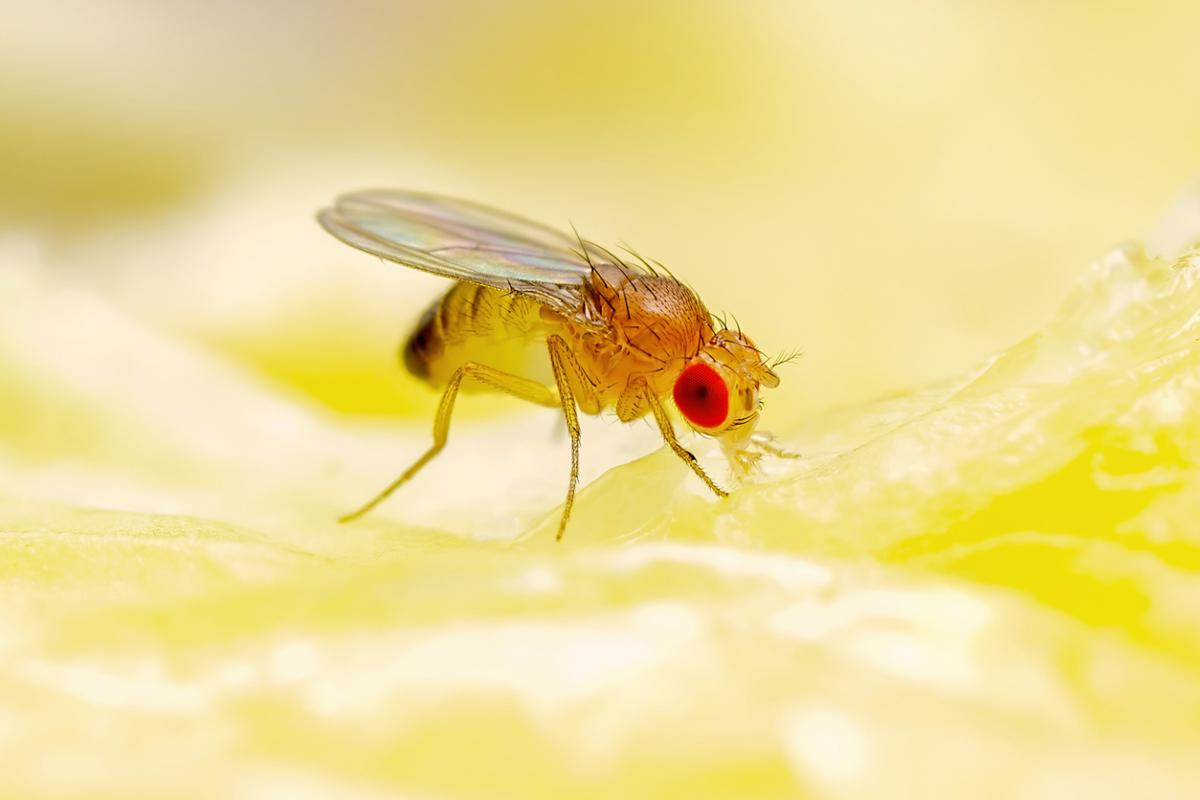
This isn’t just a list of cute home hacks. These are the practical, proven methods I’ve used for decades in homes, workshops, and even on light commercial jobs. We’re going to cover not just how to build a trap, but why it works and where to put it for the best results. Let’s get to it.
First, Know Your Enemy: What Kind of Fly Are You Dealing With?
Before you even grab a bottle, you need to know what you’re up against. Using the wrong bait is like trying to catch a fish with a piece of cheese—it just won’t work. Here’s a quick rundown to help you identify your uninvited guest:
- Fruit Flies: These are the tiny guys, often with reddish eyes, that seem to appear out of nowhere. You’ll find them swarming your fruit bowl, hovering over the sink drain, or buzzing around the trash can. They’re after the sweet scent of fermentation.
- Houseflies: This is your classic, dull gray, medium-sized fly. They aren’t picky and are attracted to a huge range of things, from your lunch to the garbage. By the way, a single housefly can carry over 100 different pathogens. That’s why getting them out of your kitchen is no joke.
- Blowflies: These are the big, noisy ones with a shiny, metallic green or blue color. If you see these, it’s often a sign of something more serious, like rotting garbage or, unfortunately, a dead animal nearby. They are drawn exclusively to decaying protein.
Heads up! If you’re seeing tiny black flies swarming your houseplants, those are likely fungus gnats. They’re attracted to the moist soil, and the vinegar or sugar traps we’re about to make won’t do a thing to them. That’s a whole different battle.
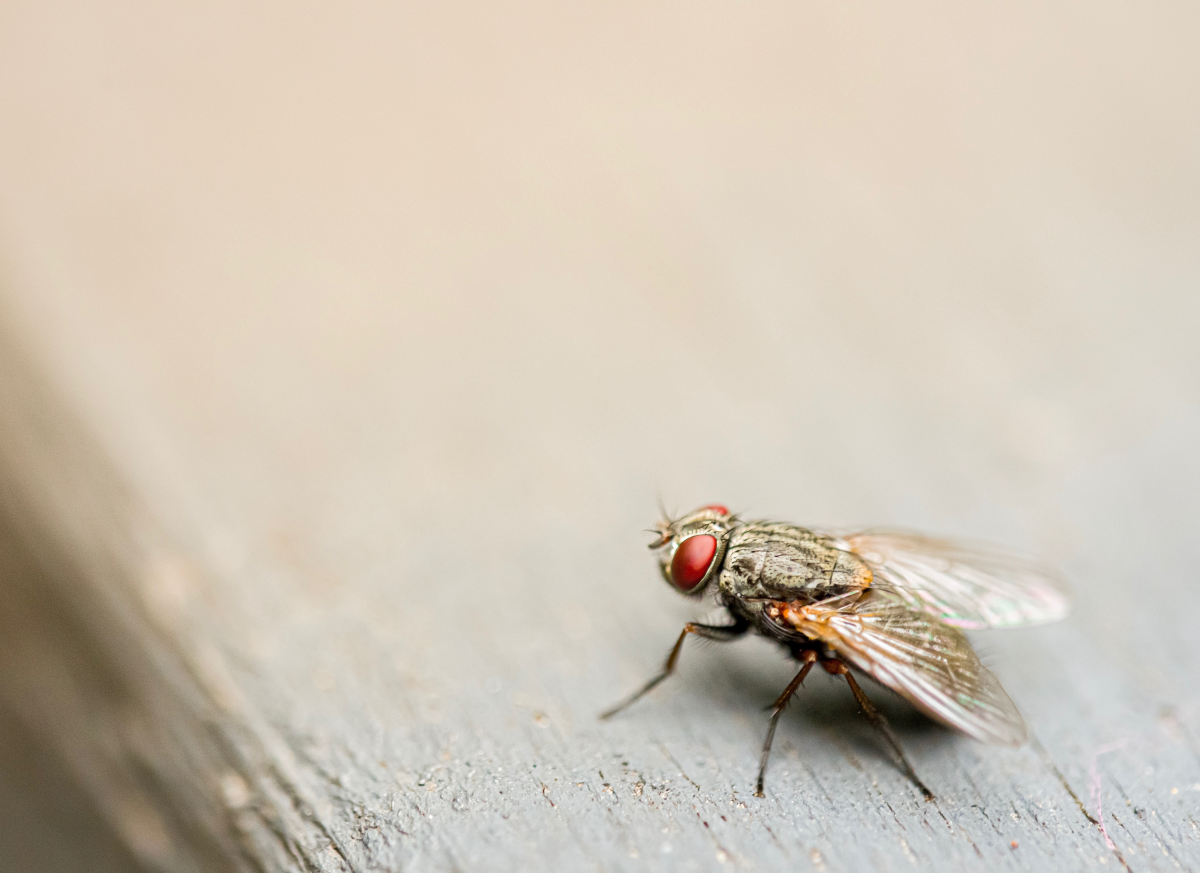
The Two Simple Tricks: Drowning and Sticking
All the best DIY traps rely on one of two very simple principles. Once you get this, you can pretty much invent your own traps on the fly (pun intended).
The first and most effective is the drowning trap. The idea is to lure a fly into a container of liquid it can’t escape. It sounds simple, but there’s a secret ingredient: a few drops of dish soap. Flies are light enough to stand on water, but the soap breaks the surface tension. So, when they land for a drink, they sink and drown. It’s brutally effective.
The second is the sticking trap, like old-fashioned flypaper. You use something sweet and sticky, like honey or corn syrup, to attract the fly. When it lands, it gets stuck for good. I honestly don’t use these as much, especially outdoors, because they’re non-selective. They’ll trap beneficial insects like bees and ladybugs just as easily as flies. So, if you go this route, please keep them indoors.
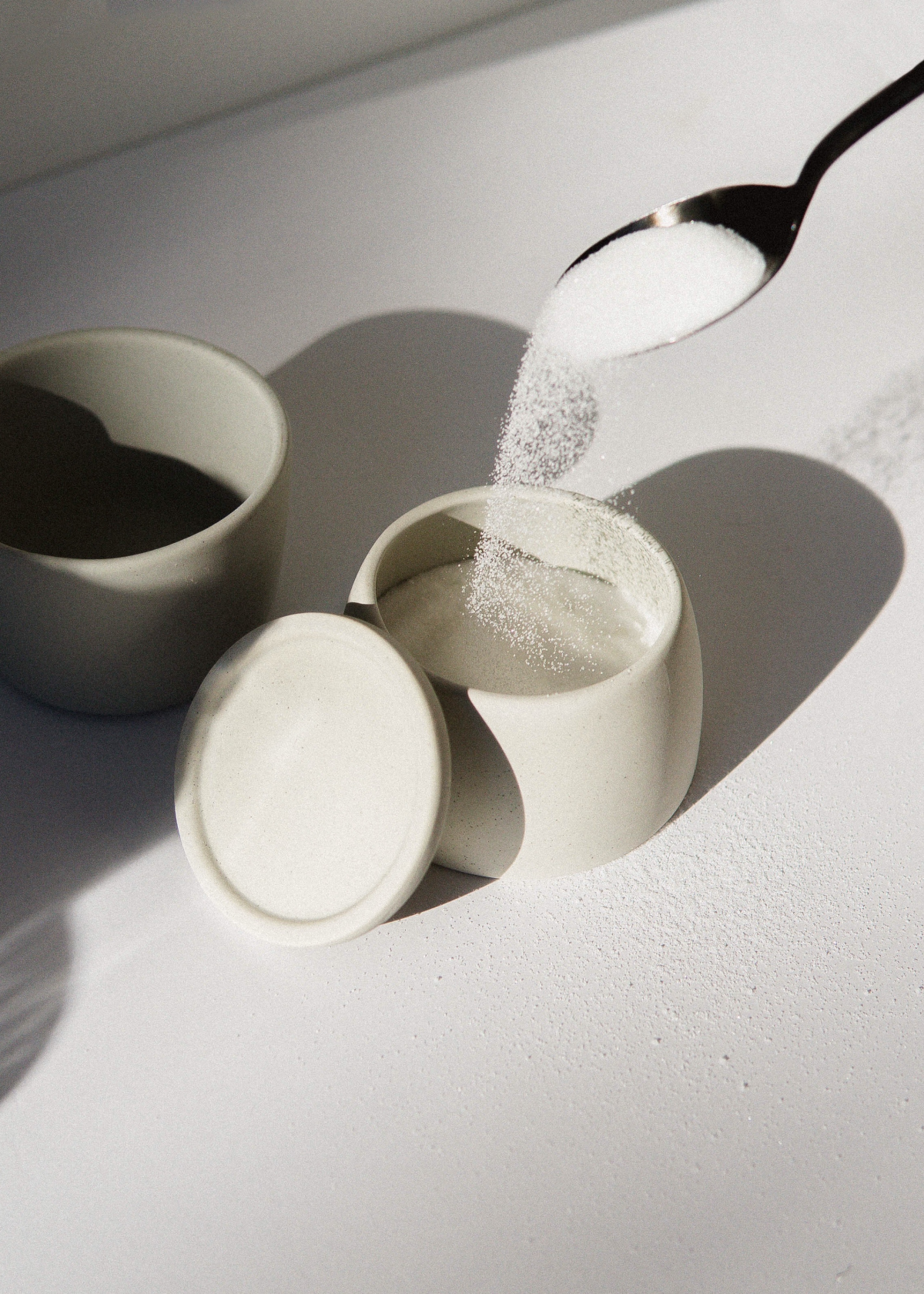
My Go-To DIY Fly Trap Recipes
Alright, here are the formulations I’ve relied on for years. The beauty of these is they’re practically free. You can make a dozen of these for the cost of a packet of yeast—maybe $2. Compare that to a single $10 commercial trap from the store.
Technique 1: The Basic Fruit Fly Trap
This is the first thing I do when someone complains about those little gnats in the kitchen. It’s targeted and it works like a charm.
- Target: Fruit Flies
- You’ll Need: A small jar, apple cider vinegar, and liquid dish soap.
- How to Make It: Pour an inch or two of apple cider vinegar into the jar. It has to be apple cider vinegar; the white stuff doesn’t have the fruity smell they’re after. Add 2-3 drops of dish soap and just let them settle. Don’t stir it. You can leave the jar open, or for a more secure trap, cover it with plastic wrap and poke 4-5 small, toothpick-sized holes in it.
- Placement: Put it right where the problem is—next to the fruit bowl, by the sink, near the garbage. You have to take the trap to the flies. Refresh it every 4-5 days.
- Quick Win: In a rush? Just pour a splash of cider vinegar and a single drop of dish soap into a cup and leave it on the counter. It’s not fancy, but it’ll start working immediately.
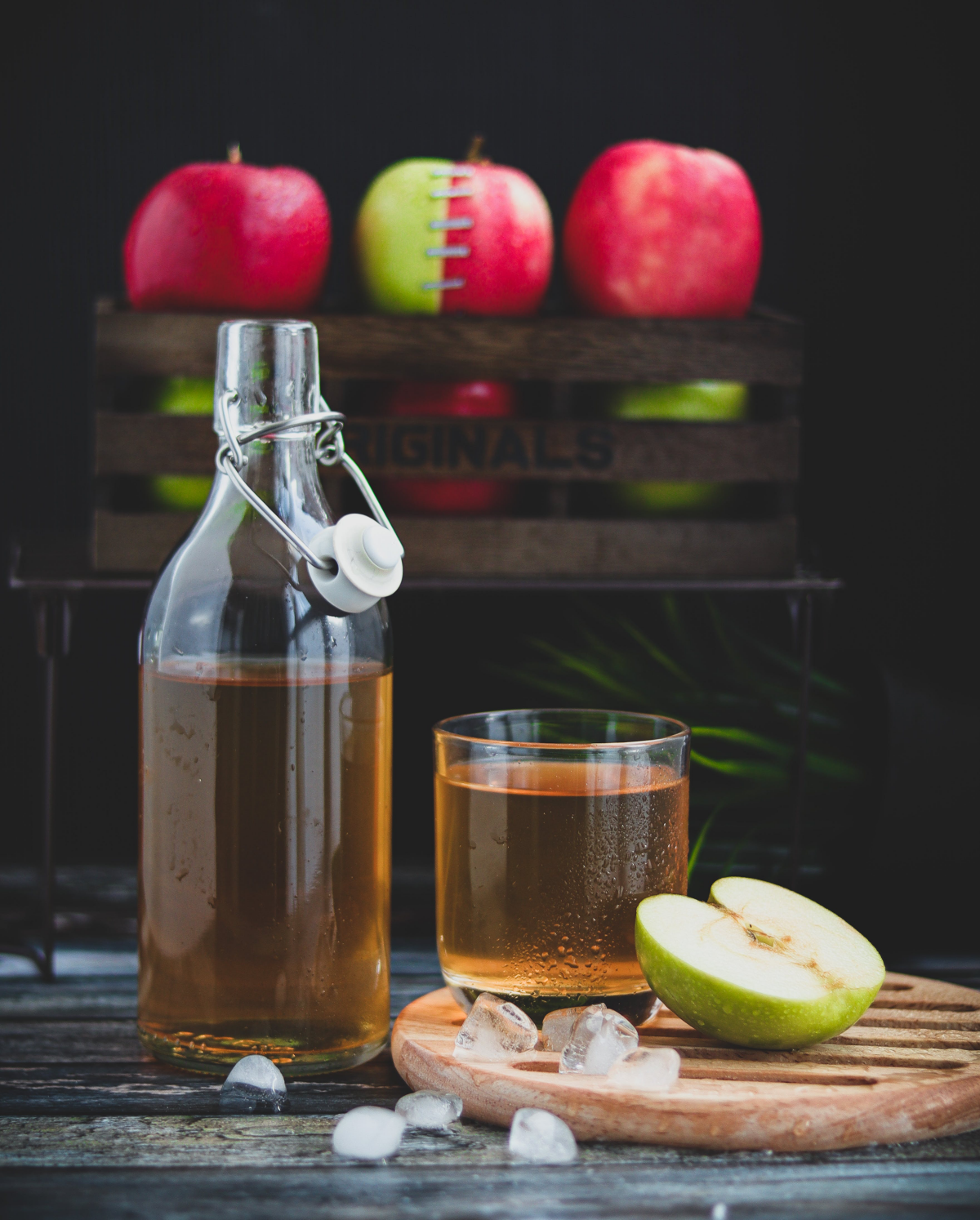
Technique 2: The General Purpose Bottle Trap
This is my workhorse for houseflies in a garage, patio, or workshop. It can catch a shocking number of flies.
- Target: Houseflies and other common flies.
- You’ll Need: A 2-liter plastic soda bottle and your choice of bait.
- How to Make It: Carefully cut the top third of the bottle off. Take that top cone, flip it upside down, and place it into the bottom part to create a funnel. Now for the bait. For a simple version, dissolve 1/4 cup of sugar in a cup of warm water. For a more powerful brew, mix a packet of active dry yeast with 1/4 cup of sugar and 1.5 cups of warm water. Let it get foamy for 10 minutes before pouring it in. The CO2 it releases is a massive attractant.
- Placement & Maintenance: Place these traps on the floor in corners or near doorways. When it’s full (and it will get gross, that’s the point), you need to get rid of it. The easiest way is to seal the whole trap in a plastic shopping bag and toss it in your outdoor trash bin. Or, you can dump the contents down the toilet, then take the bottle outside to rinse it with a hose before rebaiting.

Technique 3: The Heavy-Duty Blowfly Trap (Use With Caution!)
Okay, this one is for serious situations involving those big, metallic blowflies. I have to give you a strong warning: the smell is absolutely awful.
- Target: Blowflies
- You’ll Need: The same bottle trap, but with a different bait.
- How to Make It: Place a small piece of raw meat or fish (a scrap of fat or even a tablespoon of wet cat food works) in the bottom of the trap. Add an inch of water and a few drops of dish soap.
- Placement: OUTDOORS ONLY. And I mean far away from your house, your deck, or any open windows. Trust me on this. I once put one of these too close to a client’s back patio, thinking it was far enough away. The smell completely ruined their weekend BBQ. Put it at the very edge of your property, downwind. This is a last-resort tool for a very specific problem.

Help! My Trap Isn’t Working!
It happens. If you’ve set a trap and it’s still empty after a day or two, run through this quick troubleshooting list:
- Did you use the right bait? Remember, a vinegar trap won’t catch a blowfly, and a meat trap won’t attract fruit flies. Make sure your bait matches your pest.
- Did you forget the soap? For liquid traps (except the yeast one), a few drops of dish soap are non-negotiable. Without it, flies can just land, drink, and leave.
- Is it in the right place? Don’t hide your trap in a far-off corner. Put it right in the flight path or where you see the flies congregating. You may need to move it a couple of times to find the sweet spot.
- Is your funnel too shallow? On the bottle traps, make sure the funnel sits deep enough inside the base so flies can’t just crawl back out easily.
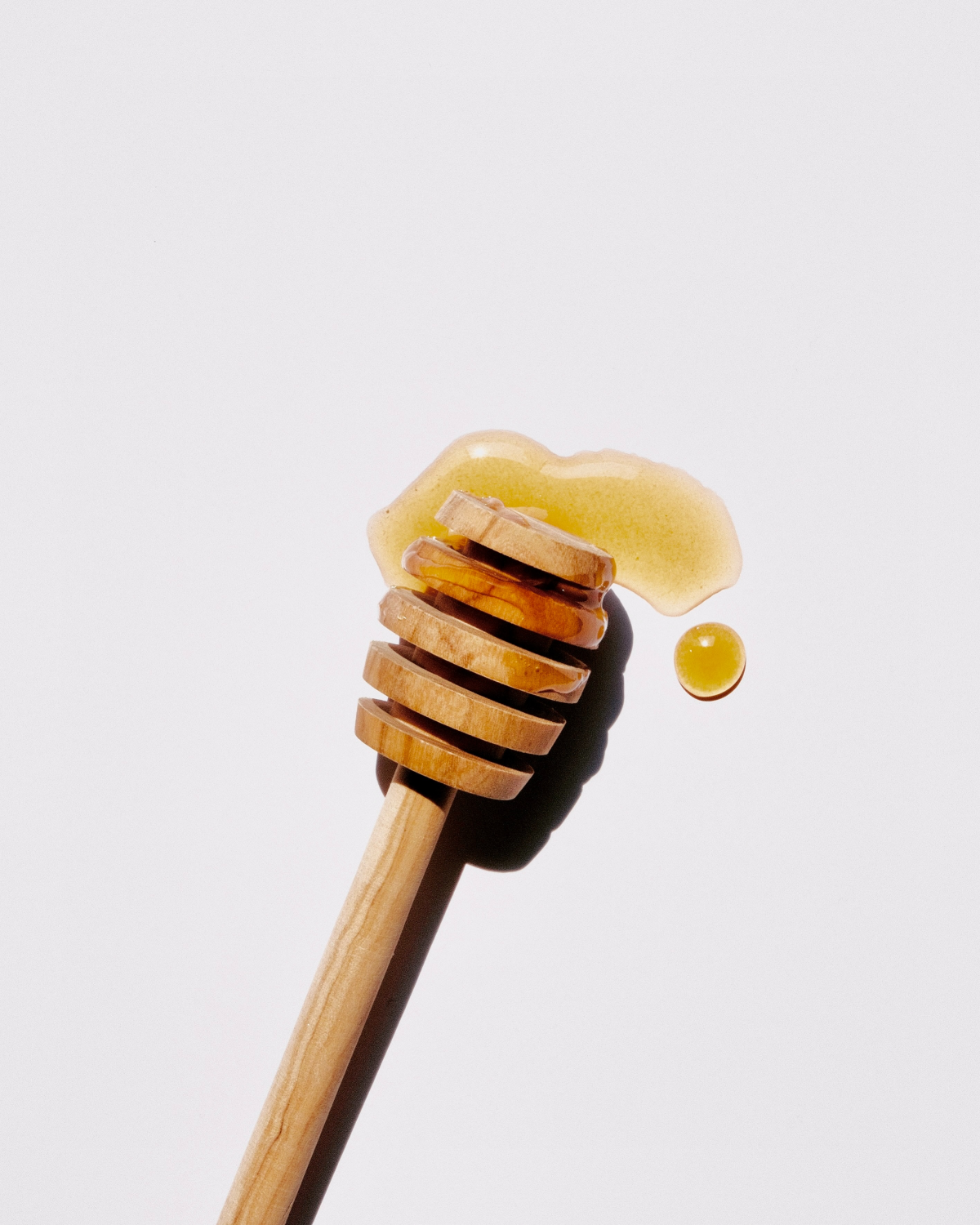
Trapping is Only One Part of the Plan
Look, as a professional, I can tell you that trapping is a great way to handle the flies you already have, but it’s not a permanent solution. To truly solve the problem, you need to think about the whole picture.
First, sanitation is everything. You have to remove what’s attracting them. Think of it like a daily checklist:
[ ] Take out the kitchen trash every day.
[ ] Wipe down counters and tables after every meal.
[ ] Don’t leave dirty dishes in the sink.
[ ] Clean up pet waste from the yard daily.
[ ] Make sure all outdoor garbage cans have tight-fitting lids.
Second, keep them out (exclusion). The best trap is a good screen door. Check all your window and door screens for tiny rips. A small hole is a giant welcome sign for a fly. Check the weatherstripping around your doors, too.
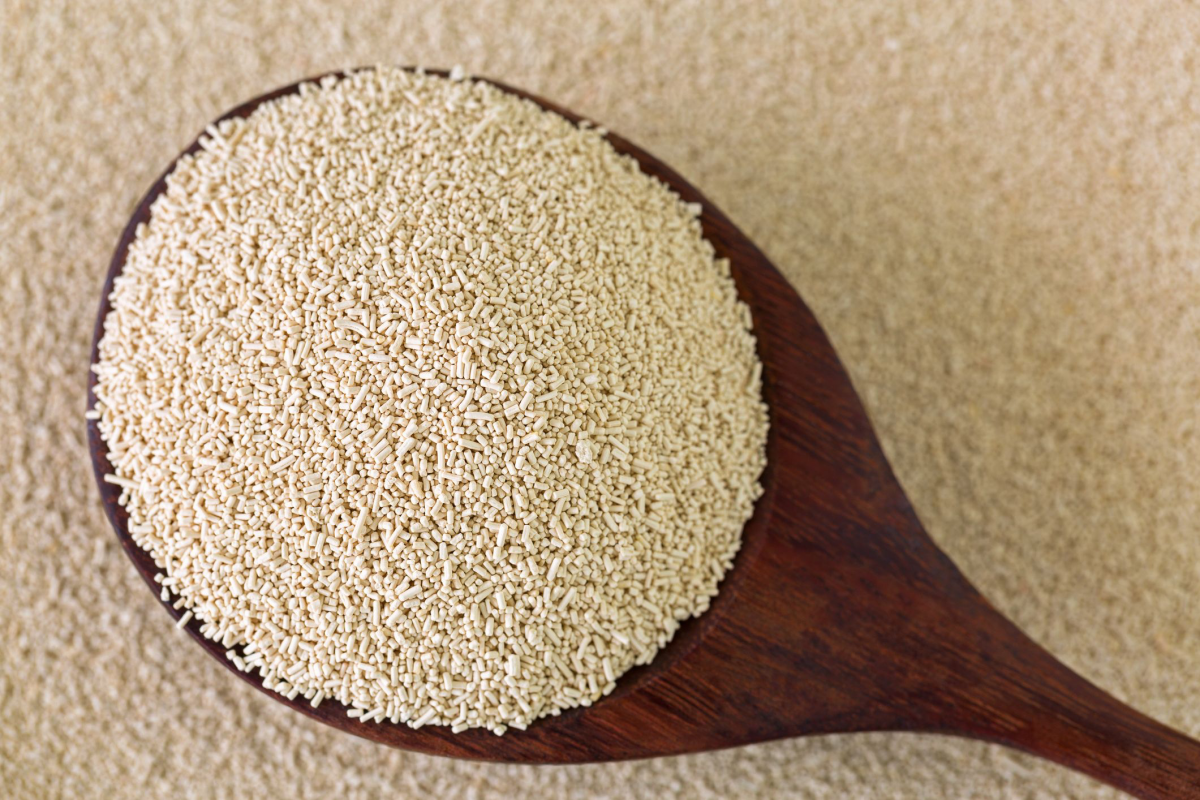
When It’s Time to Call a Professional
I’m a huge believer in DIY, but it’s crucial to know when you’re in over your head. You should call a licensed Pest Management Professional if you see a massive, sudden swarm of flies. This could point to a major source you can’t see, like a dead animal in a wall void. If you’re finding maggots inside your home, or if you’ve tried all these steps for a week with zero improvement, it’s time to call for backup.
A good pro won’t just start spraying. They’ll investigate, identify the source, and give you a real plan. Sometimes, that’s the safest and most effective choice.
At the end of the day, controlling flies is about being consistent. By keeping things clean and using these smart, simple traps, you can take back control of your space and make it a whole lot more pleasant for everyone.

Galerie d’inspiration
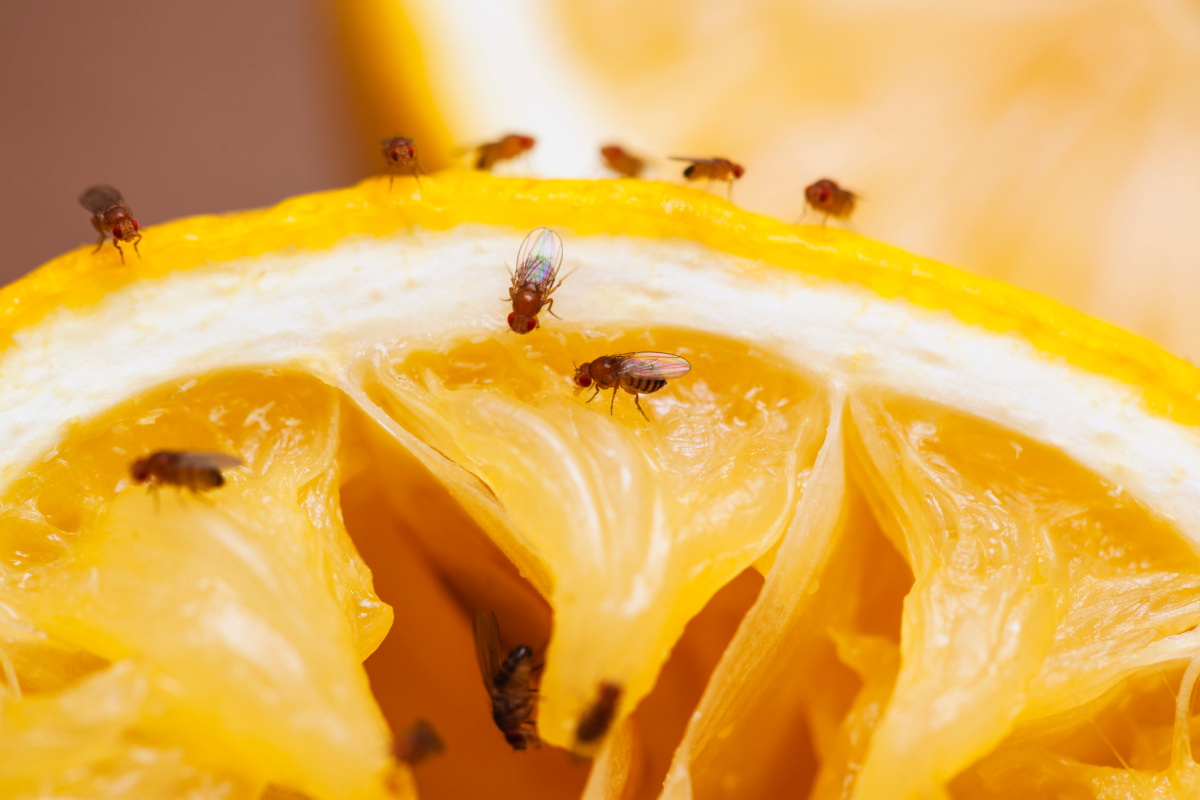
A single pair of houseflies can produce more than 1 million offspring in as little as six to eight weeks.
This staggering reproductive rate is why prevention is just as critical as trapping. While your DIY traps catch the current intruders, a single overlooked entry point can restart the invasion. Focus on sealing gaps around window-mounted air conditioners, checking for tears in porch screens, and ensuring the damper on your kitchen exhaust fan closes fully. Each sealed entry is a battle won before it starts.










